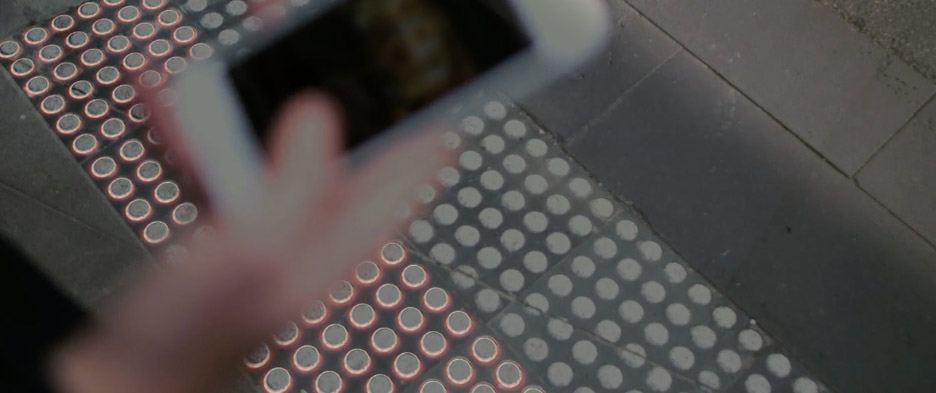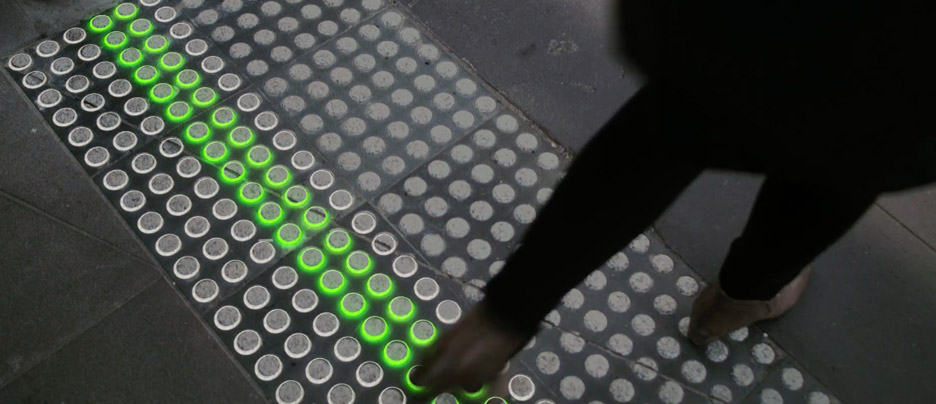Melbourne-based design agency Büro North has proposed the installation of in-ground traffic lights to safeguard pedestrians hooked to their smartphones on public roads.
The Australian firm conceptualised the idea following reports of accidents involving players of the augmented reality game, Pokémon Go. Büro North has suggested installing in-ground traffic lights to prevent pedestrians using smartphones from walking blindly out onto the road.
The firm’s smart tactile paving system would light up in red and green to indicate to face-down smartphone users when they can cross the road safely. Incidents involving pedestrians with mobile phones have been on the rise for some years, but the issue has now been red-flagged following a spate of road accidents caused by Pokémon G0 players.


According to Büro North director Soren Luckins, the Pokémon craze has led to a dramatic increase in the number of people wandering across the road looking at their phones. Realising that the existing infrastructure had not adapted or evolved to keep up with human behavioural changes, the design firm tried to address the problem using ground-level traffic lights.
Büro North’s proposal is based on the premise that existing pedestrian crossing lights are designed for pedestrians looking ahead and not down at a phone screen.
Büro North isn't the first to try to address smartphone-related accidents through ground-level traffic lights. City officials in Augsburg, a German municipality outside Munich, installed similar lights at tram crossings. But Büro North's proposal is designed to apply to any crossing where there is an existing traffic light system, and would take the form of LED lighting integrated into tactile paving slabs. The LEDs will glow red when it’s not safe for the pedestrian to cross, and turn green to indicate a safe crossing.
According to Luckins, their solution aims to leverage the existing traffic light infrastructure including power and cabling.
Source: Dezeen

